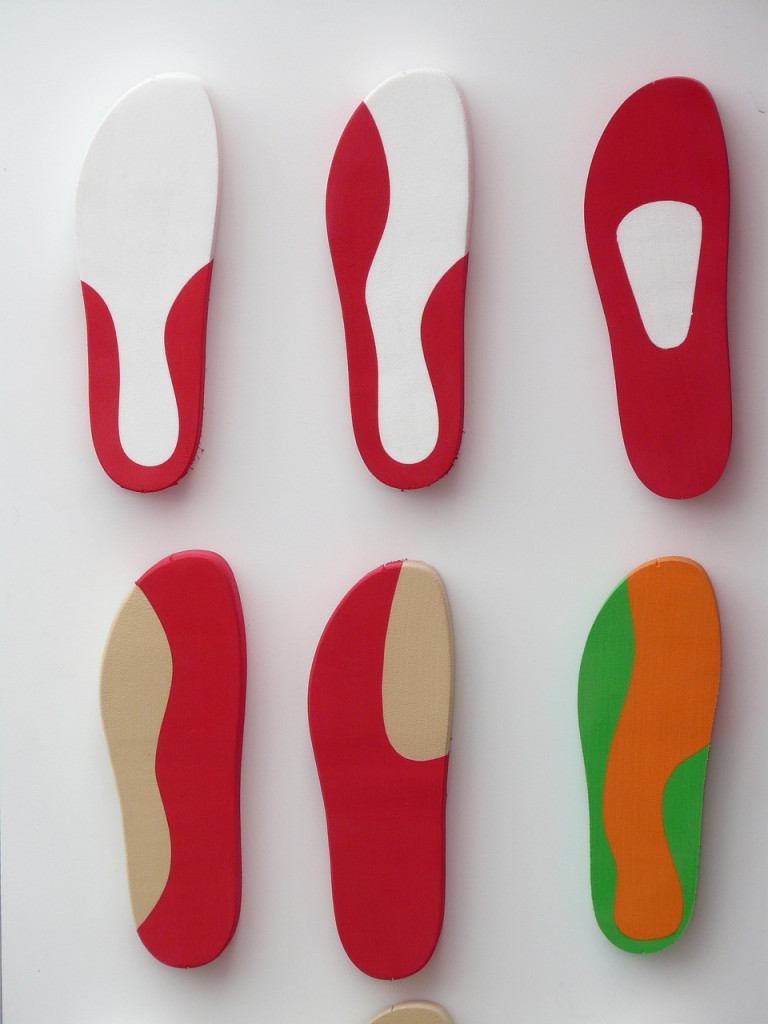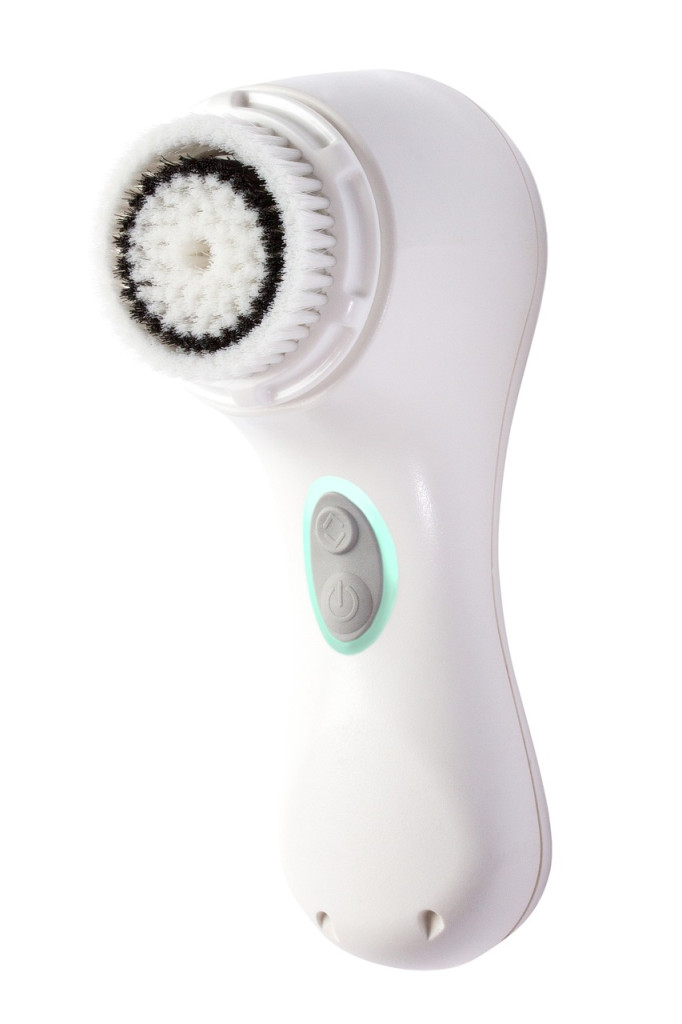In this article, you will explore the fascinating world of angle grinder design and how ergonomics play a crucial role in shaping these versatile tools. From their sleek handles to strategically positioned controls, manufacturers are continuously striving to create grinders that not only deliver exceptional performance but also ensure comfort and safety for users. By understanding the ergonomic principles behind angle grinder design, you will gain a deeper appreciation for the thought and innovation that goes into crafting these essential tools. So, let’s embark on a journey to uncover the secrets behind the ergonomics of angle grinder design.

Importance of Ergonomics in Angle Grinder Design
When it comes to using an angle grinder, ergonomics plays a crucial role in ensuring safety, comfort, and precision. The design of an angle grinder directly affects the user’s experience and can have a significant impact on their overall well-being. In this article, we will explore the importance of ergonomics in angle grinder design and dive into key factors that contribute to an ergonomic and user-friendly design.
Reducing the risk of musculoskeletal disorders
One of the primary reasons why ergonomics is crucial in angle grinder design is to reduce the risk of musculoskeletal disorders, such as strains and sprains. Long hours of using an angle grinder can put a significant strain on your muscles and joints, leading to discomfort and potential injuries. By incorporating ergonomic features, such as proper handle grip design and weight distribution, the risk of musculoskeletal disorders can be greatly minimized.
Increasing comfort and reducing fatigue
Using an angle grinder for extended periods can be physically demanding, and without proper ergonomic design, it can lead to fatigue and discomfort. An ergonomic angle grinder takes into account the natural movements and requirements of the human body, making it more comfortable to use. Features like cushioned handle grips, balanced weight distribution, and vibration damping all contribute to reducing fatigue and increasing comfort, allowing you to work for longer periods without experiencing excessive strain.
Enhancing user control and precision
Angle grinders require precision and control to achieve accurate and clean cuts. Ergonomic design elements, such as well-designed triggers and guard placement, can greatly enhance user control and precision. A well-positioned trigger that is easy to access improves the overall handling of the tool, allowing for better maneuverability. Similarly, the positioning of the guard and accessories can ensure optimal visibility while maintaining safety, enabling the operator to achieve precise and controlled movements with ease.
Key Factors in Ergonomic Angle Grinder Design
To achieve an ergonomic angle grinder design, several key factors need to be considered. These factors directly impact the user’s comfort, safety, and overall experience. Let’s explore the key factors in detail:
Handle grip design
The handle grip design is perhaps one of the most critical factors in an ergonomic angle grinder design. A well-designed handle grip ensures a comfortable and secure grip, reducing the risk of slipping and making the tool easier to control. Depending on the application and user preferences, handle grips can be made of various materials, have different shapes and sizes, and incorporate ergonomic contours to fit the natural curvature of the hand.
Weight distribution
Proper weight distribution is essential for reducing user fatigue and maintaining balance during operation. An ergonomic angle grinder should be well-balanced, minimizing strain on the hand, arm, and shoulder muscles. Strategic placement of components, such as the motor and battery, plays a significant role in achieving optimal weight distribution. Manufacturers often consider the center of gravity and carefully distribute the weight to ensure comfortable and controlled handling.
Vibration damping
Angle grinders can generate significant vibrations during operation, which can lead to discomfort, fatigue, and even long-term health issues. To minimize the negative effects of vibration, ergonomic angle grinders often incorporate vibration damping features. These features can include the use of materials with vibration-absorbing properties or the implementation of specific techniques to reduce vibration transmission to the user’s hand and arm. By reducing vibration, ergonomic angle grinders enhance user comfort and maintain long-term health.
Trigger design and placement
The design and placement of the trigger greatly influence the usability and control of an angle grinder. An ergonomic trigger should be designed in a way that allows for easy and comfortable operation, even during extended periods of use. It should be easily accessible and intuitive to use, requiring minimal effort to engage. The shape and size of the trigger are also important considerations, as they should accommodate different hand sizes and provide a comfortable grip for precise control.
Guard and accessory positioning
The positioning of the guard and accessories on an angle grinder is crucial for both safety and ergonomic reasons. An ergonomic angle grinder should have a guard that is properly positioned to maximize visibility while still offering adequate protection. Additionally, accessories such as grinding wheels and cutting discs should be positioned in a way that allows for easy and quick changes while minimizing the need for excessive bending or twisting. By optimizing the positioning of the guard and accessories, ergonomic angle grinders enhance both safety and user convenience.

Handle Grip Design
The handle grip of an angle grinder is a key factor in achieving ergonomic and user-friendly design. Let’s explore the importance of handle grip, different handle grip materials, and the significance of handle grip shape and size.
Importance of handle grip
The handle grip of an angle grinder is the primary point of contact between the tool and the user’s hand. Thus, it plays a crucial role in ensuring comfort, control, and safety. A well-designed handle grip provides a secure and comfortable grip, reducing the risk of the tool slipping out of your hand during operation. It allows for better control and maneuverability, making it easier to achieve precise and accurate cuts.
Ergonomic handle grip materials
Handle grips can be made from various materials, each offering different levels of comfort, grip, and durability. Common materials used in ergonomic handle grips include rubber, thermoplastic elastomer (TPE), and textured plastic. Rubber handle grips provide excellent grip and shock absorption, reducing vibration transfer to the user’s hand. TPE handle grips offer a balance of comfort, durability, and grip, while textured plastic grips provide a secure grip even in wet or oily conditions.
Handle grip shape and size
The shape and size of the handle grip are key considerations in achieving ergonomic design. The handle grip should be contoured to fit the natural curvature of the hand, providing a comfortable and secure grip. It should accommodate different hand sizes and shapes, allowing for easy handling and reducing the strain on the hand and fingers. The handle grip should also have ergonomic features such as finger grooves or ridges that further enhance grip and control.
When selecting an angle grinder, pay attention to the handle grip design, materials used, and ergonomic features offered. Choosing an angle grinder with a well-designed handle grip will enhance comfort, control, and overall user experience.

Weight Distribution
The weight distribution of an angle grinder is a crucial factor in achieving an ergonomic design that minimizes user fatigue and enhances control. Let’s explore the importance of balancing the weight of the grinder, the significance of the center of gravity, and the impact of weight distribution on user fatigue.
Balancing the weight of the grinder
An ergonomic angle grinder should have a balanced weight distribution to reduce strain on the user’s hand, arm, and shoulder muscles. When the weight of the grinder is evenly distributed, it eases the load on specific muscle groups and prevents excessive fatigue. A well-balanced angle grinder is easier to handle, allowing for better control and maneuverability during operation.
Center of gravity
The center of gravity is a critical consideration in achieving optimal weight distribution. The center of gravity is the point at which the weight of the grinder is evenly distributed, ensuring balance and stability. Manufacturers often strategically position components such as the motor and battery to achieve the desired center of gravity. By placing the center of gravity in an ideal location, ergonomic angle grinders provide better handling and reduce the chance of fatigue.
Impact on user fatigue
Improper weight distribution in an angle grinder can result in significant user fatigue, limiting productivity and increasing the risk of accidents. When the weight is concentrated in a specific area, it can cause strain and discomfort during prolonged use. The muscles and joints of the hand, wrist, and arm are particularly susceptible to fatigue when the weight distribution is not optimized. An ergonomic angle grinder, with its well-balanced weight distribution, minimizes user fatigue, allowing for longer, more comfortable periods of work.
When selecting an angle grinder, consider its weight distribution and how it feels in your hand. Look for models with a balanced design and strategic placement of components to ensure an ergonomic and user-friendly experience.



